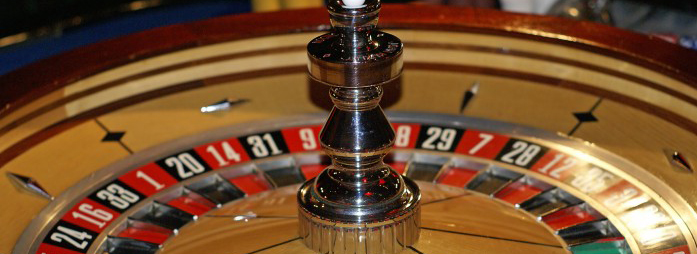What’s the deal with the Joker? – A history of playing cards
No matter how old you are, you should all be familiar with playing cards. The modern card deck contains 52 cards (excluding two ‘Joker’ cards), something which has stayed the same for a number of centuries. Unsurprisingly there have been various changes to these cards since their invention in the 9th century, and they have now evolved into the type of cards we are all familiar with and use in casino games.
It is believed that the first ‘playing cards’ were invented in 9th century China, although they were very different from the cards we recognise. The usage of woodwork printing technology meant that the first playing cards were printed on wood. There were also 30 cards in a deck.
It was when the cards spread to places such as Persia, Arabia and Egypt that they started to form some sort resemblance to modern day playing cards. In was in these places that they started experimenting with an idea that the Chinese attempted to implement – ‘suits’. It was universally accepted that four suits were used, but they continued to experiment with the number of cards used before finally deciding on 52 cards. It is believed that the first example 52-card 4-suit deck that we are all familiar first originated in Egypt.
When they finally managed to make its way into Europe, the basic elements that make up playing cards were already in place. As a result, the majority of changes to playing cards were mainly cosmetic and name changes. One of the few changes made was the renaming of certain suits. The first suit that was renamed was ‘polo-sticks’. As polo was an obscure sport at the time, the suit’s name was changed to either ‘batons’ or ‘cudgels’. In the following few centuries, the suits went through multiple name changes and finally became the suit names that we are all familiar with – hearts, diamonds, clubs and spades.
Although these small changes were made, there is no doubt that Europe’s biggest contribution to playing cards was their ability to mass produce the cards and make them available to more people, not just the ‘elite’. It was the French playing cards that benefited the most from this mass production and they are now the most distributed playing cards in the world.
The only major addition to playing cards in the past few centuries is the ‘Joker’ card. In the United States during the 19th century, the card was specially designed to for the game Euchre to be a card that could beat the highest card in the game (the Jack). Although the card was slowly introduced into card packs thanks to its role in other games such as poker, the Joker is usually excluded in many casino games, with the casinos preferring to stick to the regular 52 card pack.
As mentioned earlier, French playing cards are now the most distributed playing cards in the world, used by the majority of casinos around the world.








